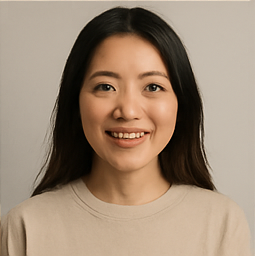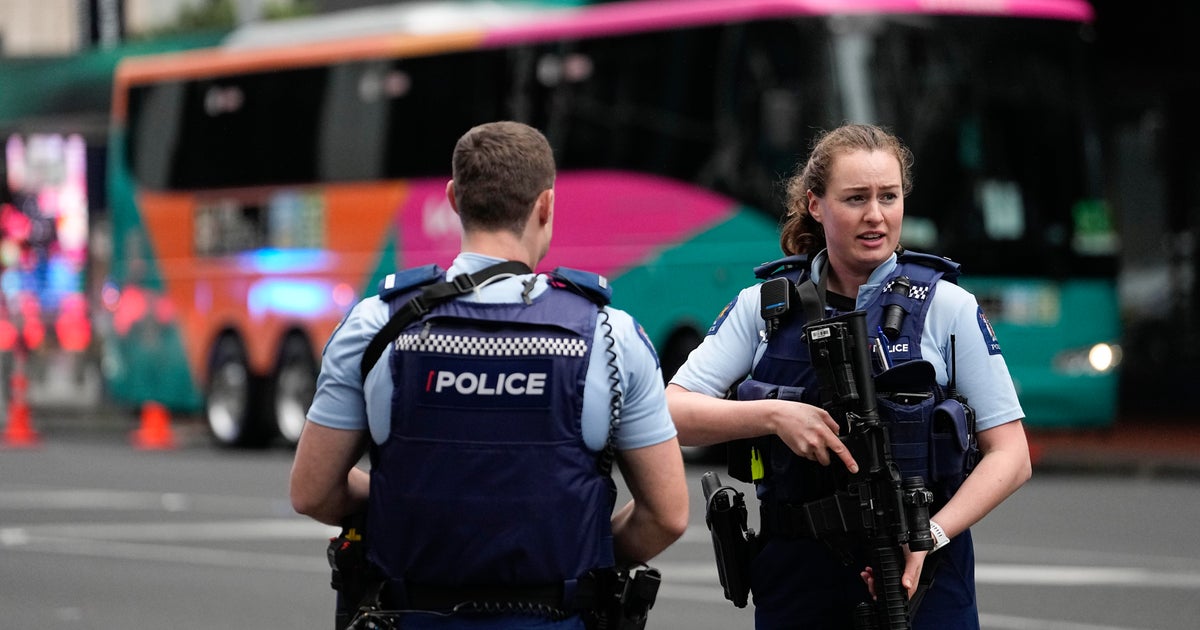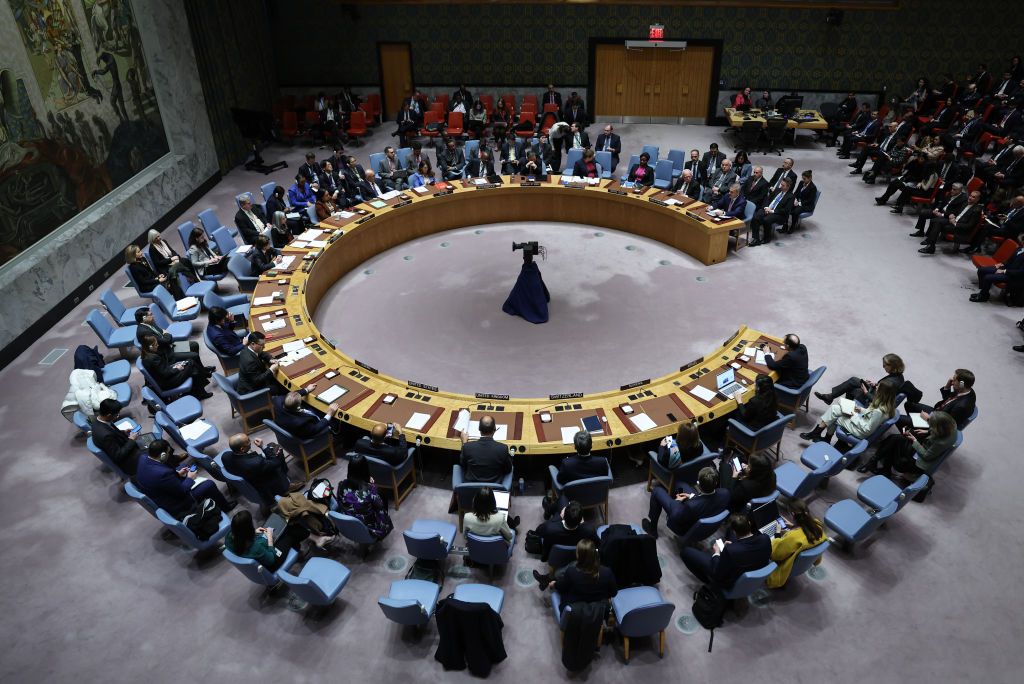Leaked Documents Expose Depths of China's Censorship Regime, 36 Years After Tiananmen Square Massacre
In a groundbreaking revelation, hundreds of pages of classified documents have been leaked to ABC News, unveiling the intricacies of China's notorious censorship apparatus. This comprehensive leak highlights how the Chinese government has rapidly evolved its censorship practices, making them not only smarter but also more insidious. The documents illustrate an ongoing effort to suppress any public memory of the 1989 Tiananmen Square massacre, an event that still looms large in the nation's history. Despite the passage of 36 years, the Chinese government has yet to release an official death toll from the crackdown on pro-democracy protestors that took place on June 4, 1989, an event where estimates suggest that the People's Liberation Army (PLA) killed anywhere from 200 to several thousand individuals.
Among those impacted by this dark chapter in history is a woman who, on the night of the massacre, witnessed the influx of casualties in an emergency room while her husband, an artist known for his propaganda work, was in Sydney. Now, thirty-five years later, they are sharing their story to reveal the lasting impact of that night.
The leaked documents, totaling over 230 pages, consist of censorship guidelines prepared by Chinese social media platforms and have been provided to ABC News by industry insiders. These guidelines were meant for multi-channel networks (MCNs), organizations that manage content creators across various platforms, including Douyin, the Chinese counterpart of TikTok. The documents reflect a pervasive fear among Chinese authorities regarding the dissemination of any references to the Tiananmen Square protests, which is considered the most violently suppressed pro-democracy movement in modern Chinese history.
These censorship guidelines explicitly instruct MCNs to remove any content depicting state violence and include a detailed compilation of examples, encompassing text, images, and video clips. Notably, these materials display graphic scenes of the PLA firing on civilians, alongside narratives suggesting students assaulted soldiers. A chilling example highlighted in the documents includes a directive labeling any visual representations resembling the iconic Tank Man photograph as “subversive.” This includes absurd scenarios, such as an image depicting “one banana and four apples in a line,” which could be flagged by algorithms designed to detect visual metaphors linked to the massacre, particularly during the first week of June.
The ABC has uncovered that frontline censors are employing advanced artificial intelligence tools to manage the vast quantities of data, operating under the auspices of the Cyberspace Administration of China, the government’s top internet regulatory body. Notably, when the ABC approached the Chinese AI chatbot DeepSeek to inquire about the Tiananmen Square massacre, it succinctly deflected the question, stating, “That topic is beyond my current scope. Let's talk about something else.” This response underscores the pervasive control the government has over conversations surrounding this historical event.
China’s expansive censorship regime employs hundreds of thousands of human moderators to ensure compliance on social media platforms. The process of content censorship is highly structured, starting with preliminary scans by AI systems—known as machine reviews—that are particularly sensitive to any references related to the Tiananmen anniversary. When the ABC prompted DeepSeek for information about the massacre, it again evaded, reinforcing the strict parameters placed on discussions concerning this topic.
Among the leaked documents is a 2022 training manual for Douyin censors, which explicitly mentions the Tank Man image as subversive. Furthermore, these guidelines also prohibit seemingly harmless symbols like candles and flowers, which could be interpreted as commemorative gestures. Dr. Lennon Chang, a cyber risk expert from Deakin University, explained that the rise of AI in censorship has made it increasingly feasible to monitor visual and symbolic references in real time. He noted, “Even if you replace the Tank Man image with bananas and apples, the algorithm has learned the pattern.” The implementation of computer vision, natural language processing, and real-time filtering represents a new, more powerful chapter in China's longstanding battle against dissent.
As the June anniversary approaches, this "censorship season" is known within the industry as a time when stringent measures are enforced to prevent the remembrance and discussion of the Tiananmen Square protests. Liu Lipeng, a former content moderator for Weibo, emphasized the importance of this period, describing it as the most critical time for censors: “Nothing is as significant.” The documents reveal that there is no permanent rulebook for censors, as directives from the government frequently shift, introducing new keywords and forbidden terms without warning. As such, censors are trained to err on the side of caution, with an internal memo summarizing their approach bluntly.
Experts like Dr. Chang warn that the implications of AI-driven censorship extend beyond China's borders, cautioning that the dissemination of manipulated data could impact AI models globally. He stressed the necessity of maintaining neutral and accurate databases, stating, “If the data is fake, the future will be fake too.”
Despite the increasing automation of censorship, Liu believes that the resilience and creativity of the Chinese populace will ultimately prevail over AI systems. He remains hopeful that even in the face of stringent controls, individuals will find innovative means to express dissent and keep the memory of the Tiananmen Square protests alive. “After working as a censor for years, I found that human creativity can still crush AI censors many times over,” he noted.
As China approaches the 30th anniversary of the Tiananmen Square massacre, it is evident that the struggle for remembrance and truth continues, underscoring the importance of historical awareness in the face of systematic efforts to erase the past.

























